
All categories
Featured selections
Trade Assurance
Buyer Central
Help Center
Get the app
Become a supplier

(1790 products available)


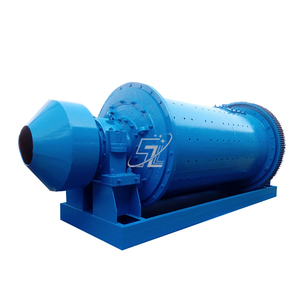


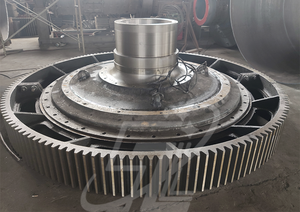



















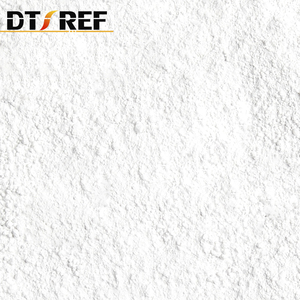


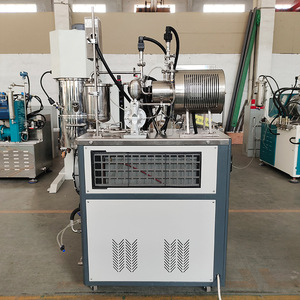
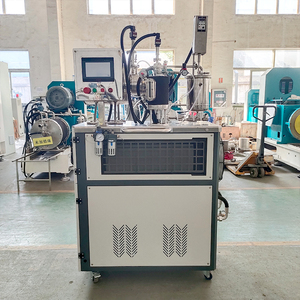


















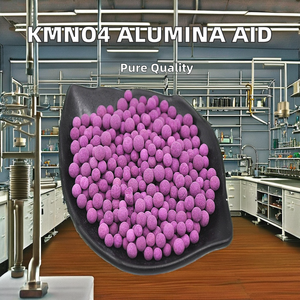



Alumina is the common name for aluminium oxide (Al2O3), a white or almost white powder with a melting point of 2,072°C and a boiling point of 2,977°C. The Bayer process is the most widely used method for alumina production, and alumina production lines are designed to carry out the process.
At the heart of the alumina production line is the digestion unit. This is where the bauxite ore is mixed with caustic soda and heated to dissolve the aluminum compound. This produces a clear solution of sodium aluminate; the impurities are filtered out, and the residue generated is called red mud. The red mud is used as a landfill or to make bricks, and the sodium aluminate is then seeded with fine alumina crystals, which starts the precipitation of pure alumina hydrate.
There are several types of alumina production lines, and they are classified according to their capacity and method of production.
The capacity of the alumina production line is usually expressed in tons per annum (TPA) of alumina. The common capacities are small, medium, and large scale. Small-scale plants are those with a capacity of less than 50000 TPA. They are cost-effective and can be set up with ease. They are usually used for the production of calcined bauxite and alumina powder. Medium-scale alumina production lines have a capacity of 50000 to 200000 TPA. They are a transition between small-scale and large-scale plants. Their investment and operating costs are higher than those of small-scale plants. They are usually set up by joint ventures. Large-scale alumina production lines have a capacity of more than 200000 TPA. They require a high initial investment but have a lower operating cost. They are set up in areas with abundant bauxite reserves.
The alumina production line is also classified according to the method of production. The Bayer process is the most common method of alumina production. It is used to extract alumina from bauxite. The method involves crushing, mixing with caustic soda, and drying to form alumina. The Hall-Heroult process is another method of producing alumina. It is electrochemical and involves dissolving alumina in a molten cryolite at 960°C. This process is used to produce smelter-grade alumina, which in turn is used to produce primary aluminium. The combination of the Bayer and Hall-Heroult processes is also used in alumina production. The Bayer process is used to extract alumina from bauxite, which is then used to extract primary aluminium using the Hall-Heroult process.
Alumina production lines are designed to be energy-efficient and environmentally friendly. They should be able to meet the growing demand for aluminium products worldwide.
Alumina production lines have distinct specifications and require unique practices to ensure they are well maintained.
Specification
The capacity of the alumina production line is measured in tons or kilograms per hour. It indicates the maximum amount of alumina that the production line can process within a specific time frame. The capacity of the alumina production line varies depending on the scale and model of the production equipment, as well as its design and automation level.
The motor power of the alumina production line is measured in kilowatts (kW) or horsepower (HP). It indicates the power output of the electric motor that drives the main production equipment. The motor power affects the operating efficiency and speed of the production line, as well as its energy consumption.
Advanced alumina production lines are highly automated and integrated, while others may have manual control and separate operation of various processes. Automation levels determine the use of control systems, sensors, and robotics, among other devices.
Maintenance
Regular cleaning is essential for maintaining the performance and efficiency of alumina production lines. It helps remove dust, residue, and debris, which can accumulate on the production equipment and surfaces over time. Cleaning is typically done with water, a cleaning solution, or specialized tools.
Lubrication minimizes friction between moving parts and prevents excessive wear to maintain the production line's smooth operation. Different types of equipment require specific lubricants and application methods. It is important to establish a lubrication schedule and follow the manufacturer's recommendations.
Regular equipment inspections help identify and address potential problems before they escalate. Inspections may include checking for signs of wear, damage, or loose components and performing routine maintenance tasks.
Safety is paramount when conducting maintenance on alumina production lines. All safety precautions must be followed, such as turning off power sources, locking out equipment, and using appropriate personal protective equipment (PPE). Training is essential to ensure that maintenance personnel are familiar with the production line's operation and maintenance procedures.
Alumina production lines play a vital role in the aluminum production industry. These production lines are used in a variety of applications and scenarios, some of which are described below:
This is the main purpose of alumina production lines. They refine bauxite into alumina, the primary raw material for producing aluminum. Molten cryolite, which is a naturally occurring mineral, is mixed with alumina and subjected to electrolysis to produce aluminum.
Industries like ceramics, electronics, and abrasives require high-purity alumina. Alumina production lines can be used to produce this specialized alumina. Given the high demand for the product in the aforementioned industries, the precision and purity of the machinery are vital.
Alumina production lines can also be used to produce other compounds of aluminum. For instance, the machinery can be used to produce aluminum chloride, which is a vital compound used in the chemical industry as a catalyst and as a component in the production of aluminum pigments. Another compound that can be produced using the machinery is aluminum hydroxide, which is commonly used as an antacid and also as a fire retardant.
Alumina production lines can also be used to recycle aluminum. The process involves collecting and melting scrap aluminum before being processed into molten aluminum. The molten aluminum is then purified and solidified into ingots or other desired shapes. The machinery used for recycling aluminum employs energy-efficient technology, making it an environmentally friendly option.
Due to the versatility of alumina production lines, they can be used for research and development purposes. Scientists and researchers use the machinery to study the behavior of different compounds of aluminum and their possible applications in various industries. The machinery is also used to develop new production processes and techniques.
When choosing an alumina production line, it is important to consider several important factors. First and foremost, it is crucial to consider the capacity of the entire production line. The production capacity of the alumina production line, which is usually expressed in tons per hour, is a key indicator of the efficiency of the production process. Buyers need to ensure that the production capacity of the alumina production line can meet their current and future production needs.
Also, it is necessary to consider the specific production process of the alumina production line. The production process of the alumina production line may include crushing and grinding, alumina extraction, calcination, and other steps. It is important to choose the type and specification of machinery and equipment that matches the production process.
In addition, the quality and efficiency of the machinery and equipment of the alumina production line should be considered. Buyers need to choose machinery and equipment made of high-quality materials that are durable and reliable, ensuring the stable operation of the production line. Also, it is necessary to ensure that the machinery and equipment selected have high production efficiency and can help improve production capacity and efficiency.
Furthermore, the automation and intelligent control of the alumina production line is also a factor that cannot be ignored. Choosing a production line with automation and intelligent control features can help improve production efficiency, reduce labor costs, and ensure production safety.
Moreover, the energy consumption and environmental protection performance of the alumina production line are also important considerations. Buyers should choose machinery and equipment that are energy efficient and environmentally friendly to reduce energy consumption, emissions, and environmental impact.
Finally, the cost of the alumina production line is also an important factor in the selection process. Buyers need to choose production lines that are cost-effective, that is, machinery and equipment that meet production needs and budget constraints.
Q1: What safety precautions should be taken when operating an alumina production line?
A1: Follow safety protocols and wear appropriate protective equipment. This includes goggles, gloves, and masks. Never bypass safety interlocks or guards. Regularly inspect machinery for potential hazards.
Q2: What are the energy requirements for an alumina production line?
A2: Alumina production lines consume substantial energy. Specific energy consumption depends on the production scale and the type of alumina production process used. Mining, beneficiation, and refining processes are energy-intensive. On average, 20 to 30 kilowatt-hours per ton of alumina are used. An alumina production line with a larger capacity will consume more energy.
Q3: What are the maintenance requirements for an alumina production line?
A3: Regular maintenance is essential to ensure the alumina production line functions safely and efficiently. Implement a comprehensive maintenance program. This should include routine inspections, cleaning, lubrication, and replacement of worn parts. Scheduling regular maintenance tasks helps prevent unexpected breakdowns and production stoppages. Establish a maintenance record to log all maintenance activities and any repairs performed.
Q4: What is the typical lifespan of an alumina production line?
A4: The lifespan of an alumina production line depends on several factors, including the equipment quality, maintenance practices, operating conditions, and production volumes. With proper maintenance and care, the equipment can last for more than 10 years. Some components may require replacement over time. These include the conveyor belt, motors, and gearboxes. Regular maintenance can help to extend the lifespan of the equipment.